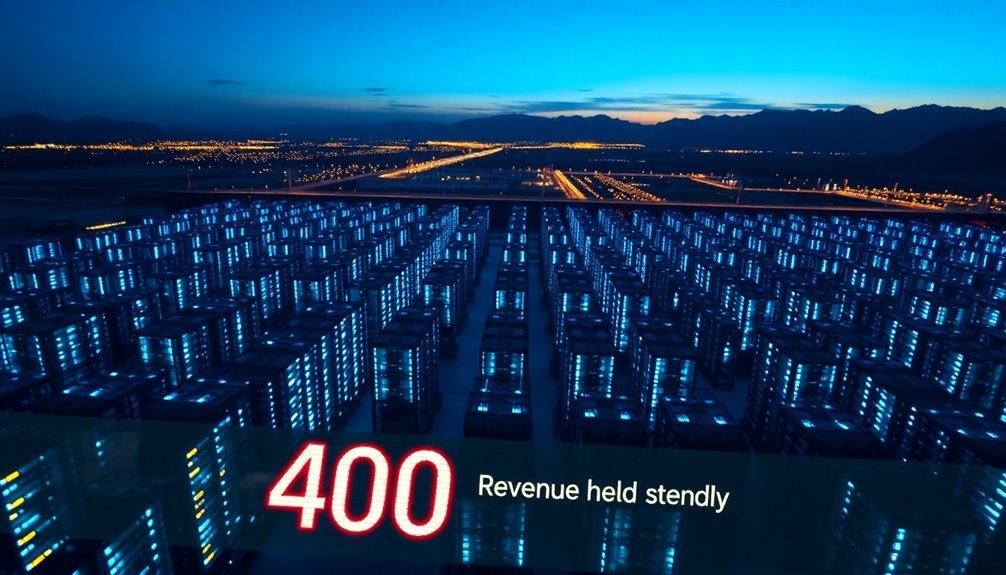You've likely noticed the fluctuations in the Bitcoin mining landscape recently. Despite a significant $40 million shortfall, miners are still generating impressive daily revenues. This resilience raises questions about what strategies are keeping them afloat. What specific moves have these miners made to adapt to the changing market? Understanding their approach could reveal more about the industry's future.

Bitcoin mining revenue has become a focal point in the cryptocurrency landscape, reflecting the industry's dynamic nature. As of January 30, 2025, Bitcoin miners are raking in about $48.16 million daily. Even though this figure shows a robust 26.91% increase compared to the same time last year, it also marks a 5.21% dip from the previous day. Such fluctuations are par for the course in this volatile sector, driven by ever-changing factors like Bitcoin price, network difficulty, and transaction fees.
The recent surge in Bitcoin's price to an all-time high of $108,268 in December 2024 has positively impacted miner revenue, providing a significant boost. Miners like IREN and CleanSpark haven't only met but exceeded their hash rate targets, further enhancing their revenue potential. However, it's essential to recognize that revenue isn't solely about block rewards; transaction fees play a crucial role, fluctuating with network activity. Moreover, updated accounting standards allow miners to revalue their Bitcoin holdings, which might inflate reported earnings.
Despite this promising picture, challenges loom on the horizon. There are indications that the Bitcoin network hash rate may slow down in the coming weeks, potentially intensifying competition among miners. You might notice that mining profitability has seen ups and downs over the years, especially post-2020. Operational issues like power cable delays and technical testing can hinder some miners' abilities to achieve their hash rate targets. As a result, many are adapting their strategies to stay competitive, including diversifying their operations and embracing new technologies.
Interestingly, miners are also focusing on growing their Bitcoin holdings through purchases and retained earnings, allowing them to capitalize on price surges. Companies like Bitfarms are branching out into energy and compute sectors to bolster their operational resilience. Bitcoin miners' revenue of approximately $41.22 million per day as of January 31, 2025, underscores the ongoing challenges and opportunities they face. Technological advancements, such as integrating advanced mining ASICs and forming partnerships with tech firms, are expected to enhance efficiency.
In the ever-evolving world of Bitcoin mining, strategic financial maneuvers are becoming increasingly crucial. Miners are exploring innovative approaches, like closing Synthetic HODL positions, to maximize shareholder value. This blend of resilience and strategy illustrates how miners are striving to adapt and thrive in an unpredictable environment, ensuring that despite the $40 million shortfall, they're still holding close to December's figures in revenue.









